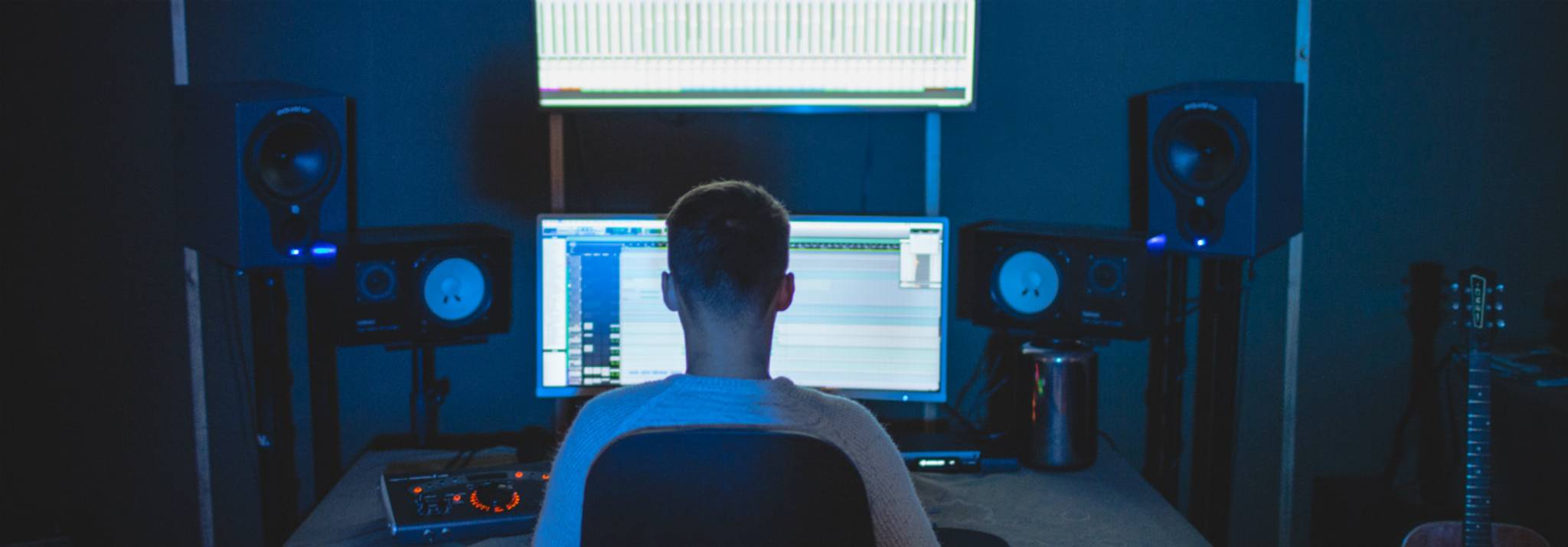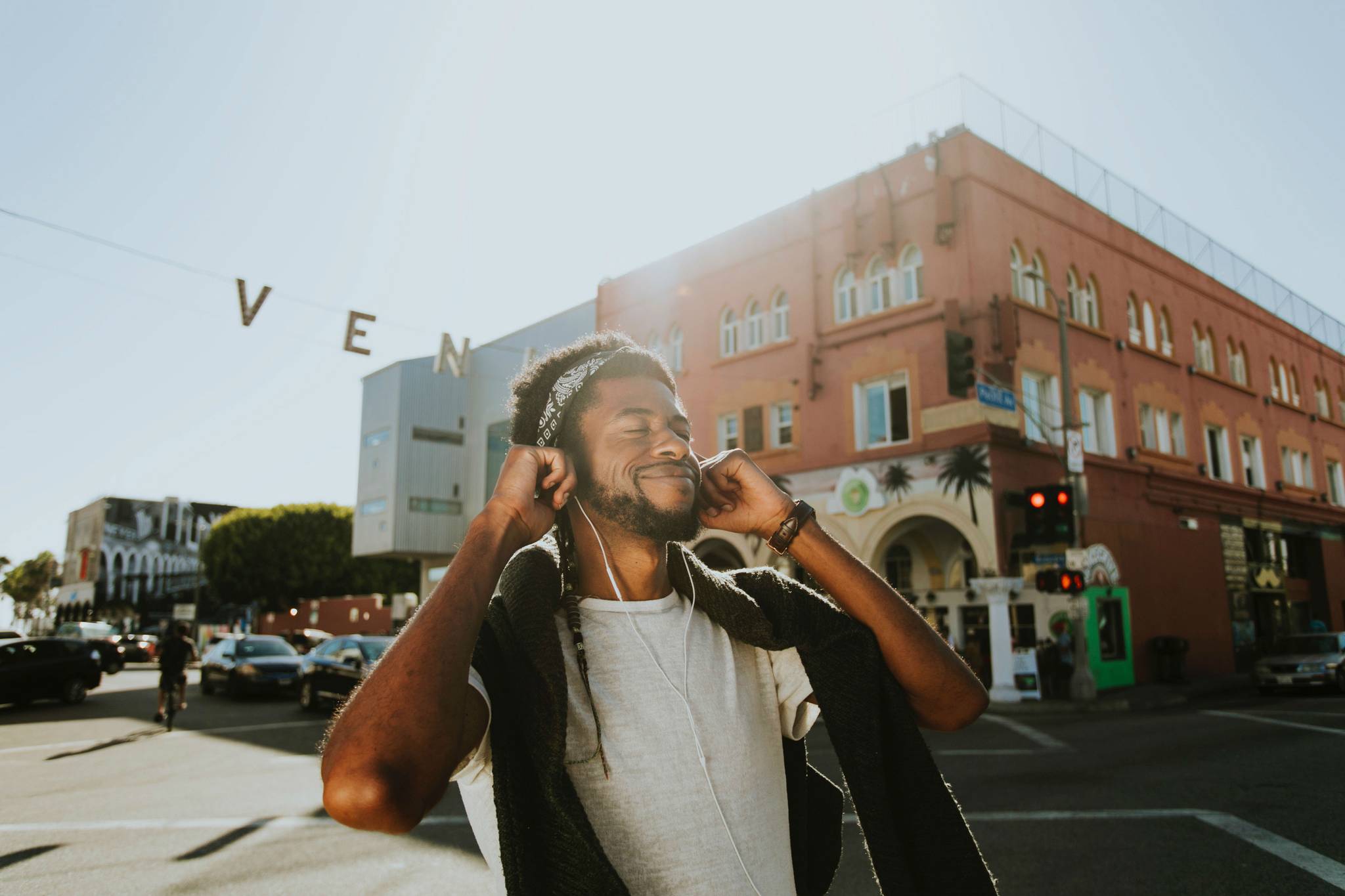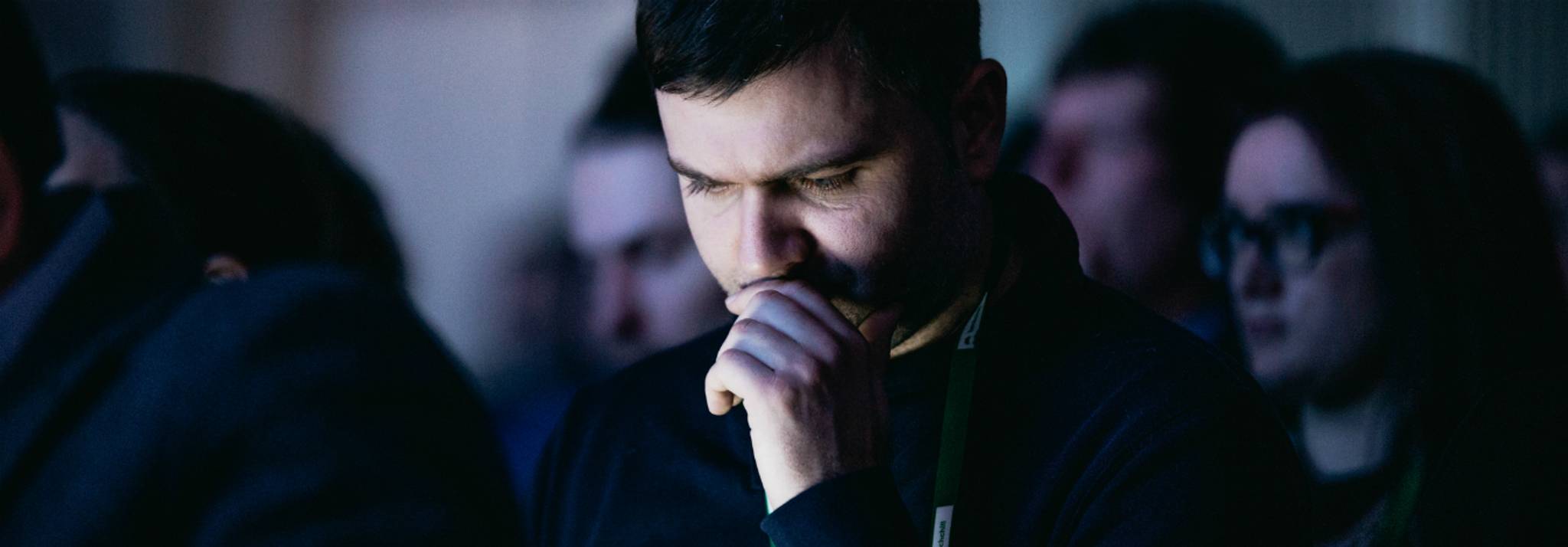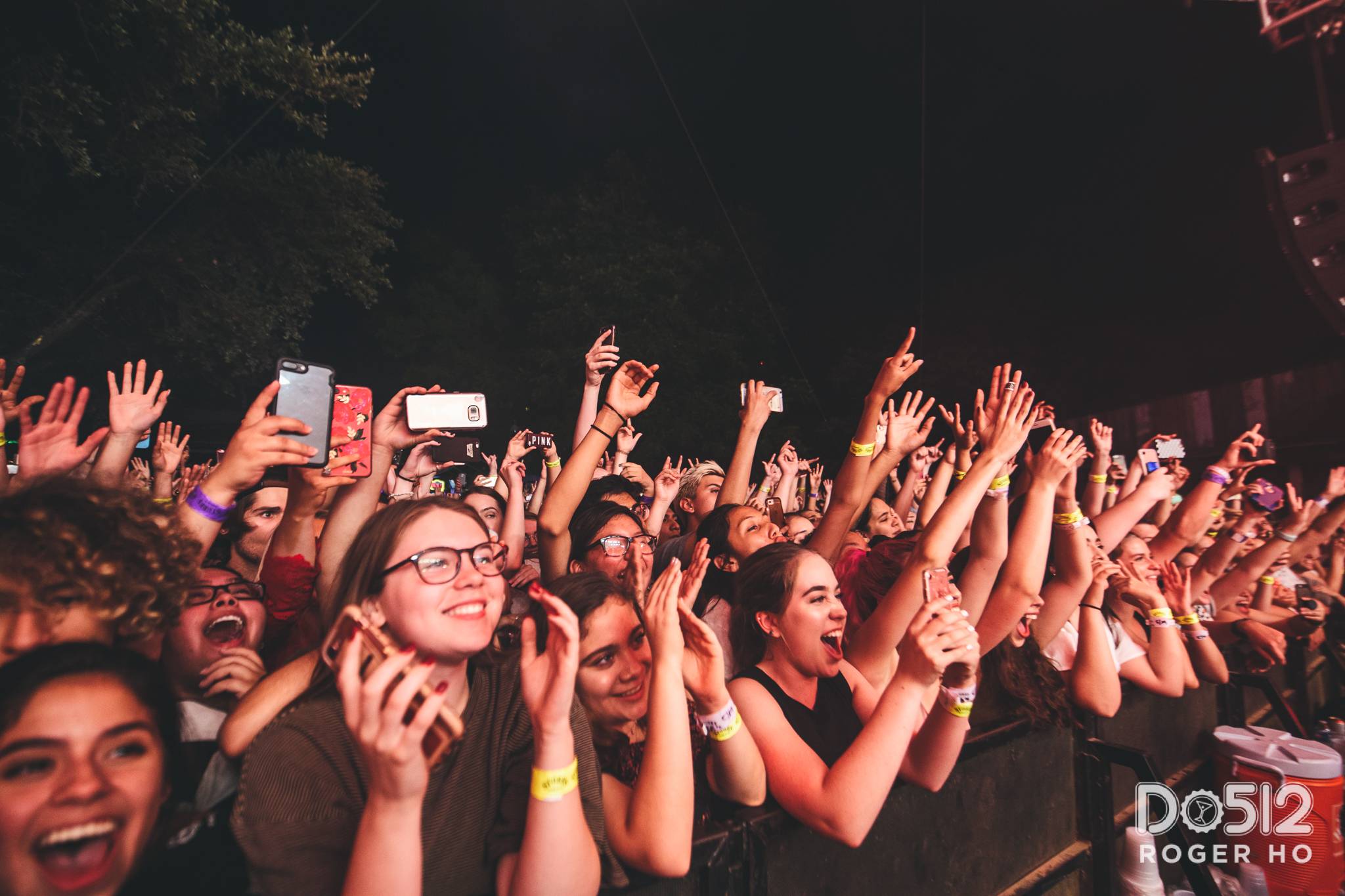
Warner Music Group has recently become the first record label to sign an 'algorithm'. Endel, a German sound startup known for creating personalized music to help listeners relax, focus and fall asleep, is bucking this trend and responding to people's search for alternative remedies. We explore the insights behind this and why Endel is embracing AI as the music of the future.
Warner Music Group has entered into a distribution partnership with Endel amid plans to expand to a bigger audience, as well as under-served genres. Endel describes itself as a cross-platform audio ecosystem that creates a custom landscape for each individual listener: "We want to understand the context of your day and rearrange the whole environment around you", says Oleg Stavitsky, Endel’s co-founder and CEO. The company was initially hesitant to partner with WMG because, in a way, creating albums goes against their end goal of real-time, adaptive soundscapes. And while Endel’s desire to make music that is at one with your circadian rhythm, your driving patterns, your calendar events etc. might have once seemed futuristic, AI-made music is the future.
The AI music space is growing, with brands like Spotify, Google and Amper all wanting to get in on the next big thing in the musical landscape. With the onset of the first entirely AI-composed and produced album, AI claiming a third of the Top 40 and a belief that, in the next decade, 20-30% of the Top 40 will be written partially, or totally, with machine-learning software – people are concerned about the end of music composition as we know it. As white-noise is becoming increasingly necessary for a good night’s sleep, the fear of AI-generated music doesn’t lie in the random elevator song or radio jingle but the idea that machines may reign over human creativity and ingenuity. It remains to be seen whether, in the near future, people are able to appropriate machines in order to work together in harmony.
Aaron Hanaphy is a behavioural analyst at Canvas8, which specializes in behavioral insights and consumer research. As a synth-loving semiotician you’ll either find him fiddling with filters or diving deep into the cultural nuances of anything from bad TV to brand language.



